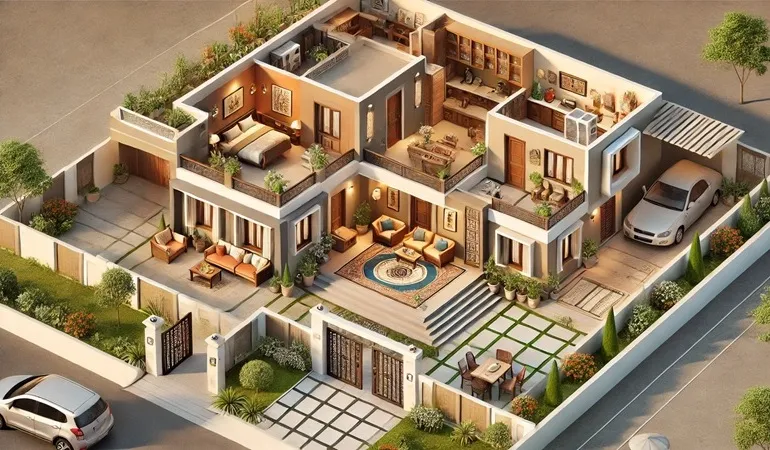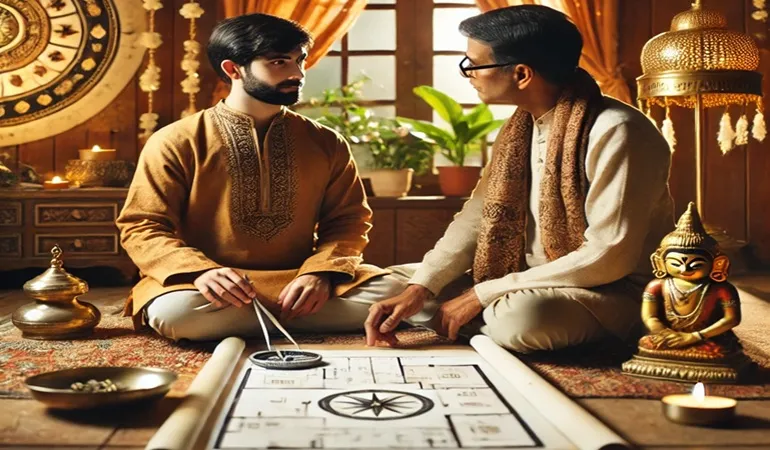Vastu Shastra is an ancient Indian architectural science that harmonizes buildings with nature and cosmic energies. It focuses on layout, direction, proportions, and spatial geometry to enhance well-being, prosperity, and positivity in a space.
Key Principles of Vastu-Based Construction & Design
1. Site Selection & Orientation
-
A plot should ideally be square or rectangular for stability and balance.
-
The best directions for a house entrance are north, northeast, or east for positive energy.
2. Directional Guidelines for Rooms
-
Main Entrance: North or East-facing is preferred for prosperity.
-
Living Room: Should be in the northeast, north, or east for positivity.
-
Kitchen: Ideal in the southeast (Agni, the fire element) or northwest.
-
Bedrooms:
-
Master Bedroom: Southwest for stability.
-
Children’s Bedroom: West or northwest.
-
-
Bathrooms & Toilets: Best placed in the northwest or southeast corners.
-
Pooja Room: Northeast, the most auspicious direction.
-
Staircases: Should be in the southwest or west, moving clockwise.
3. Construction Materials & Shapes
-
Natural materials like wood, stone, and clay bricks are preferred for harmony.
-
Avoid irregular or L-shaped plots; they can cause imbalance.
-
Square or rectangular plots and buildings bring stability.
4. Ventilation & Lighting
-
Windows & Ventilation: More windows in the north & east for sunlight and airflow.
-
Artificial Lighting: Warm, balanced lighting enhances positivity.
5. Water Sources
-
Borewells, tanks, and water features should be placed in the northeast for abundance.
-
Avoid placing water sources in the south or southwest.
6. Interior Decor & Colors
-
Use light, calming colors like white, cream, and pastels for peace.
-
Avoid excessive red, black, or dark shades in bedrooms and living areas.
-
KKeep interiors clutter-free to allow energy flow.



